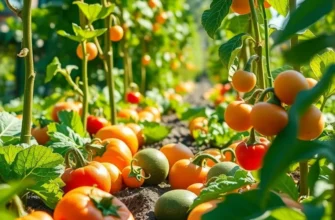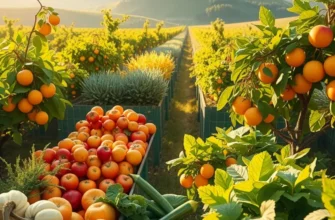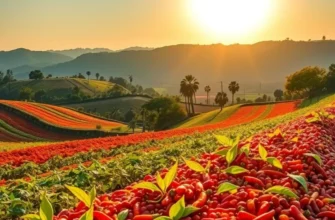Soups are more than just warm bowls of comfort; they’re narratives in a cup, reflecting the rich tapestry of cultures across the globe. From the spicy tom yum of Thailand to Italy’s soothing minestrone, each soup tells a story of its place and people. This exploration dives into various international soup traditions, celebrating local ingredients, time-honored techniques, and the communal aspects that make soup a universal dish.
Spicy Broths and Fresh Ingredients: Asia’s Soups
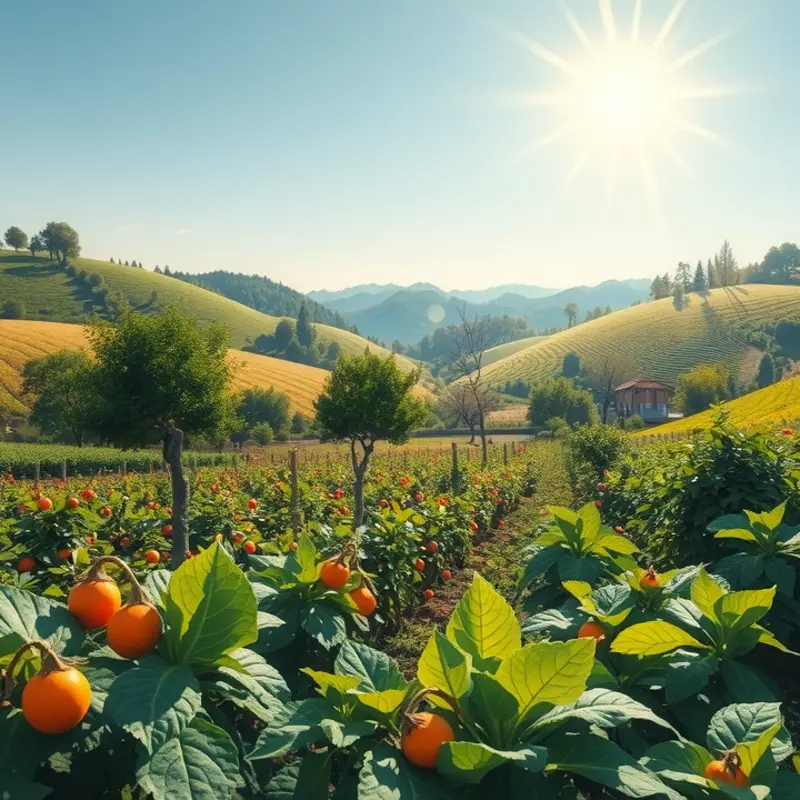
Across the vast continent of Asia, soups are not just nourishing bowls of liquid delight; they are windows into rich cultures and vibrant histories. Each simmering pot tells a unique story, woven with the threads of tradition and community. The range of soups found in Asia is as diverse as its landscapes, from the fiery hot pots of Sichuan to the delicate miso of Japan.
In Thailand, Tom Yum boasts a harmonious blend of bold flavors. With its base of lemongrass, kaffir lime leaves, and galangal, this soup is a spicy and tangy mix that invigorates the senses. It’s often enriched with the depth of fresh prawns or chicken, and a final splash of lime juice before serving. Each ingredient adds its own note, creating a symphony of tastes that is both refreshing and robust.
No discussion of Asian soups would be complete without mentioning Vietnam’s beloved Pho. This noodle soup is steeped in aromas of star anise, cinnamon, and cloves, creating a hearty broth simmered for hours with beef bones. Served with tender slices of beef, rice noodles, and fresh herbs, Pho is often enjoyed at breakfast, emphasizing the importance of soups as a day-starter in Asian cultures.
In Japan, miso soup is a daily staple, integrating fermented soybean paste, seaweed, tofu, and spring onions into a dish that is as comforting as it is simple. The fermentation process used in creating miso reflects the Japanese value of patience and respect for the natural flavors. This humble soup is often paired with rice, highlighting a key aspect of Japanese cuisine: balance.
Further north, Korea’s Kimchi Jjigae is a spicy, fermented delight that warms the soul. Its bubbling red broth is flavored with the ubiquitous kimchi, pork, and tofu, embodying the communal dining culture where dishes are shared among family and friends. This method of sharing serves as a reminder of the way food strengthens bonds and creates shared experiences.
It’s not just the flavors that make these soups special but the techniques behind them. Many of these recipes have been carefully passed down through generations, each cook adding a personal touch to the mix. Broth clarity in Pho, for example, results from skilled techniques like skimming the broth to remove impurities. This dedication to craft highlights a reverence for tradition and quality.
Asian cultures often regard soups as a form of holistic nourishment, combining both physical sustenance and spiritual comfort. They draw on local ingredients, like the fresh herbs in Pho or the fiery chilies in Tom Yum. Such elements are integral, acting as humble yet powerful flavor enhancers. For more on how to enhance dishes without salt, explore flavor boosters.
In these bowls, one discovers the essence of Asian hospitality—where warmth, flavor, and togetherness are continually celebrated in every spoonful. Each soup, unique in its spices and preparation, invites you to linger and savor, offering not just a meal, but an experience woven into the cultural fabric.
Hearty Classics: Soups from Europe and Beyond
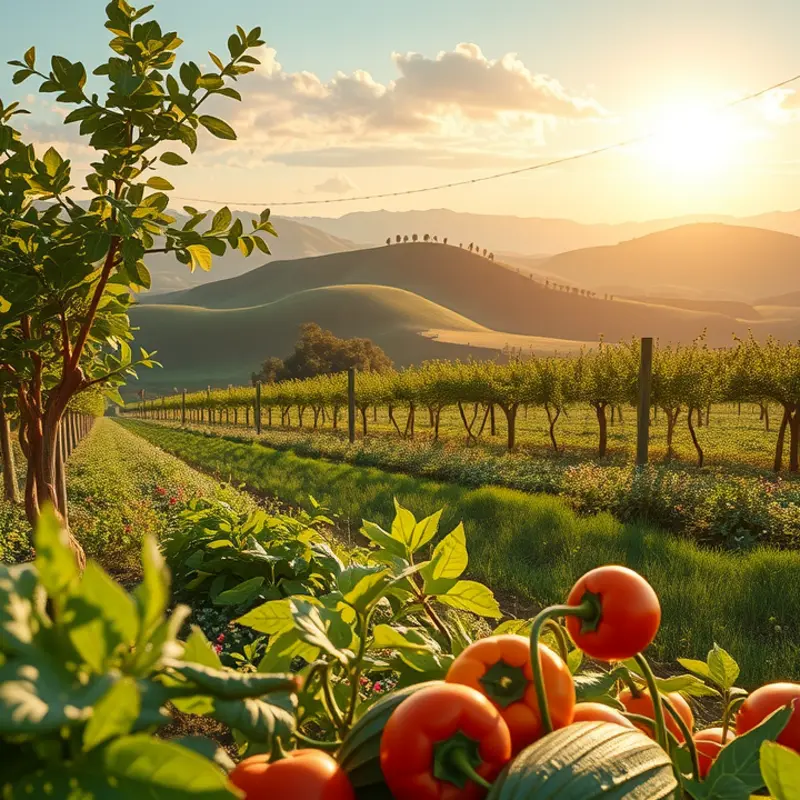
Europe’s rich tapestry of cultures is reflected in its soups, where each bowl tells a tale of history and tradition. Among these, French onion soup stands out as a culinary marvel, known for its sweet, caramelized onions and rich beef broth topped with a crusty layer of melted cheese. Its origins are traced back to the 18th century when it was a peasant dish, made from the simplest of ingredients. Traditionally, French onion soup is served in unique bowls designed to withstand the broiler’s heat, a nod to the robust flavors sealed beneath bubbling cheese.
Across the channel, Irish stew presents a heartier option, renowned for warming even the coldest of nights. This stew combines tender lamb with root vegetables, simmered until rich and deeply flavored. A staple of Ireland’s culinary heritage, its story is one of necessity and resilience, using what’s readily available to create something comforting. It’s often enjoyed during family gatherings, embodying a communal spirit that goes beyond just eating, turning the meal into an event with storytelling and jovial conversation.
Moving east, Hungarian goulash offers a burst of spice and warmth, made from beef, paprika, and an array of vegetables. Its deep red hue and savory aroma are as inviting as the generous hospitality of Hungary’s countryside. Originally a shepherd’s meal, goulash symbolizes Hungary’s agricultural roots and evokes the landscape’s vast plains where it was first cooked over open fires. Traditionally served with fresh bread or csipetke (pinched noodles), it nourishes the body and soul with each spoonful.
In Spain, caldo gallego is celebrated for its satisfying simplicity. Originating from Galicia, it’s a soup that highlights the excellence of regional ingredients like chorizo, potatoes, and greens. This dish, much like the Galician landscape, is rugged yet beautiful, its flavors a reflection of the region’s rich agricultural and seafaring traditions. The hearty consistency of caldo gallego makes it a frequent choice during Magosto, a festival where locals rejoice in the season’s harvest, illustrating how food and tradition are inextricably linked.
Continuing our journey, the diverse Mediterranean flavors come to life with the Italian minestrone, a vegetable soup that varies with the seasons. Each region of Italy brings its own spin to this dish, highlighting local produce and dietary preferences. Minestrone is not just about sustenance but about celebrating nature’s bounty, a philosophy that aligns with mindful and sustainable eating practices. You can explore more about how culinary influences have shaped food traditions globally in this guide on culinary influences.
These European soups are undisputed classics with historical significance and cultural pride. Their ingredients and preparation methods are a testament to the resourcefulness and creativity of past generations. As we continue to explore international soup traditions, their stories remind us that a bowl of soup makes the world a little smaller, bringing people together, one comforting spoonful at a time.
Final words
As this culinary journey reveals, soups are a profound expression of culture, creativity, and comfort. Each bowl tells a story, connecting people through shared experiences and cherished family recipes. By exploring international soup traditions, one gains insight into the local ingredients, techniques, and customs that shape society. Whether it’s a warm bowl of ramen in Japan or a rustic chowder in New England, these soups remind us of the power of food to nurture both body and spirit. So next time you savor a bowl of soup, remember that you’re not just enjoying a meal; you’re relishing a link to cultures around the world.



